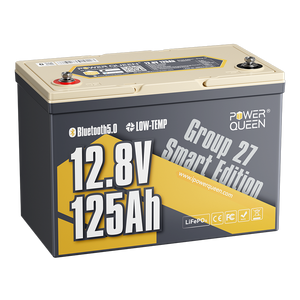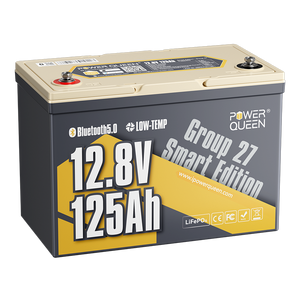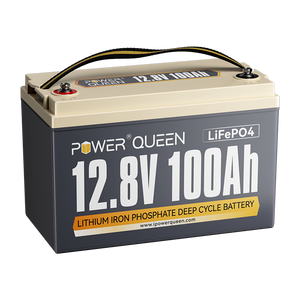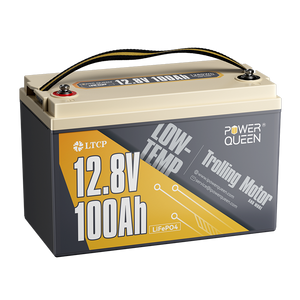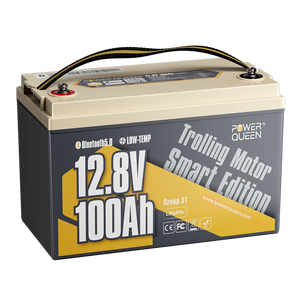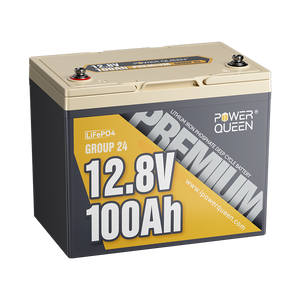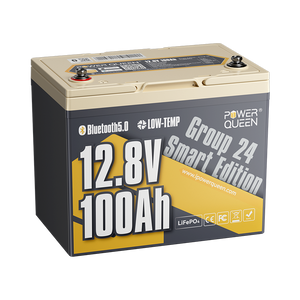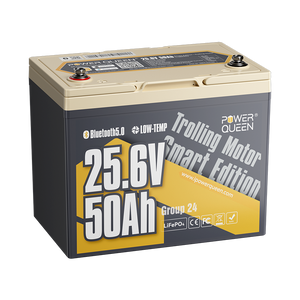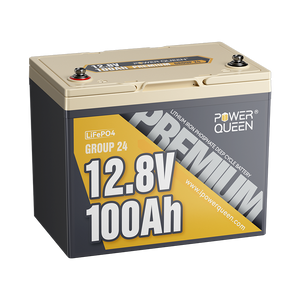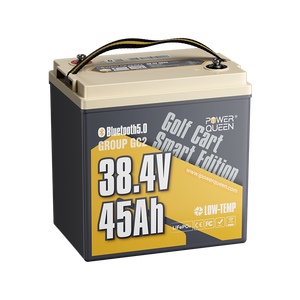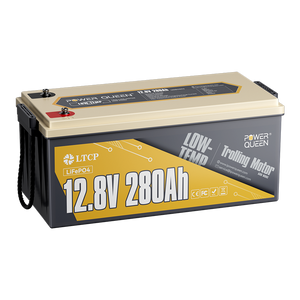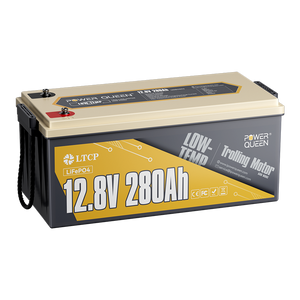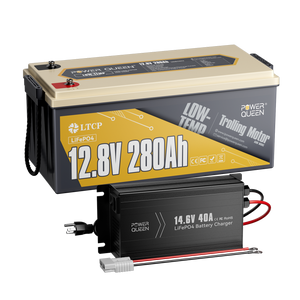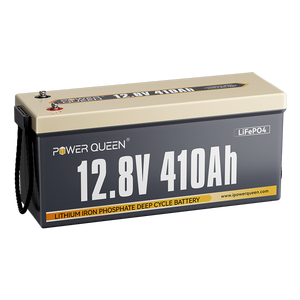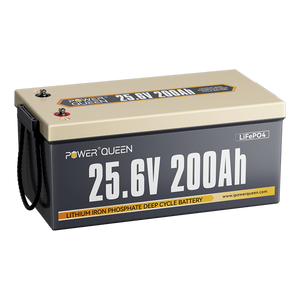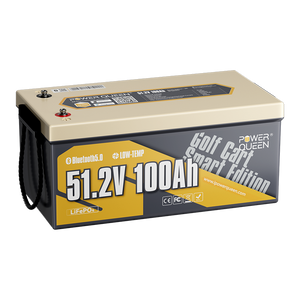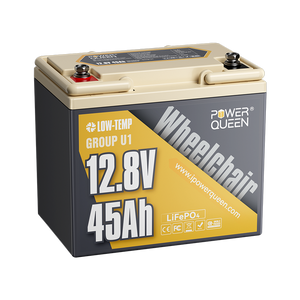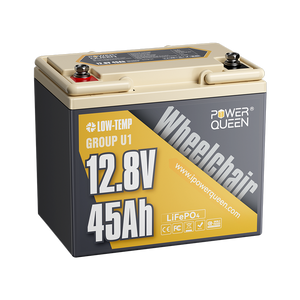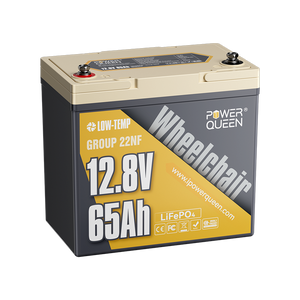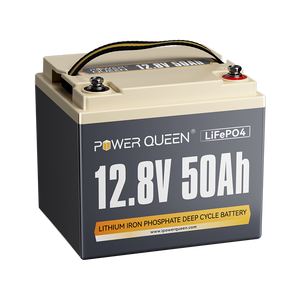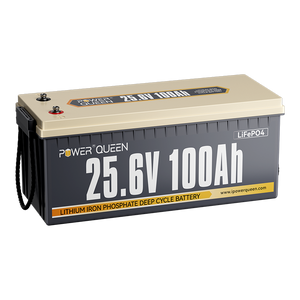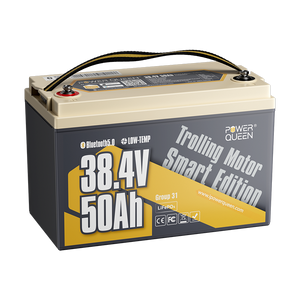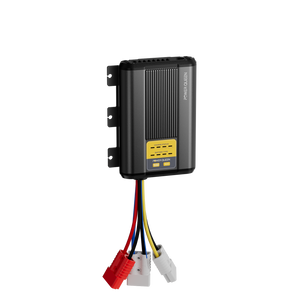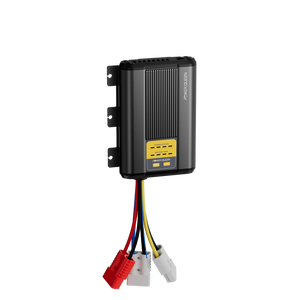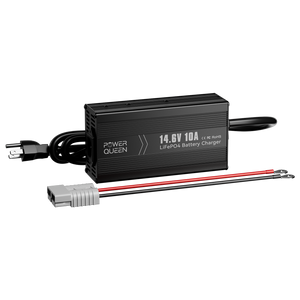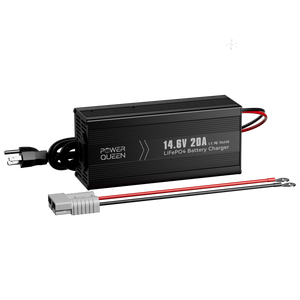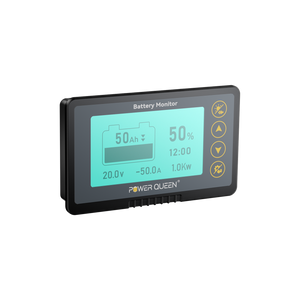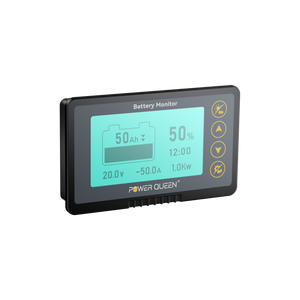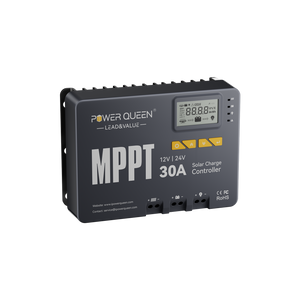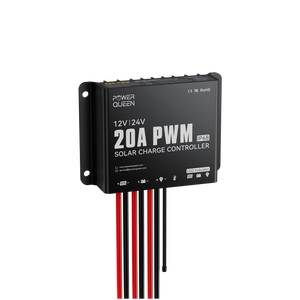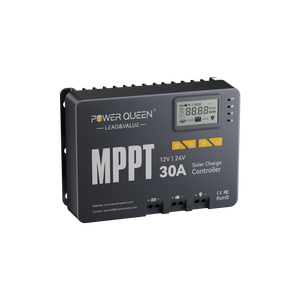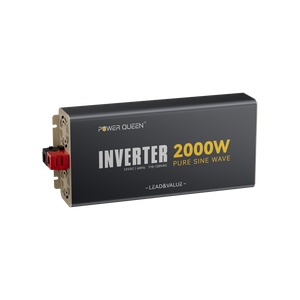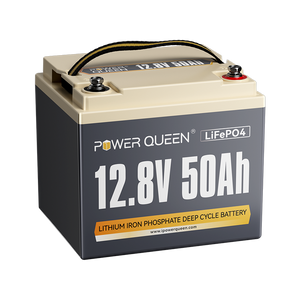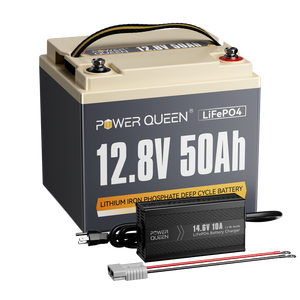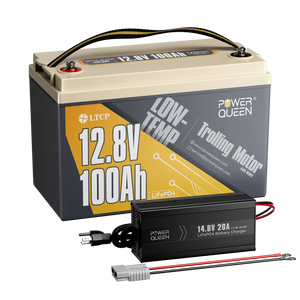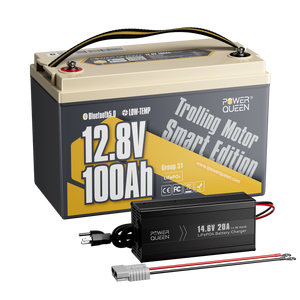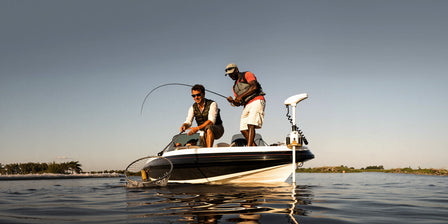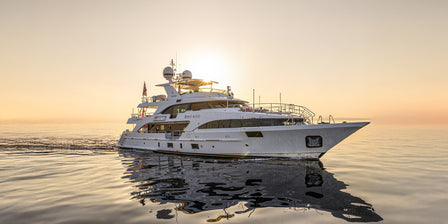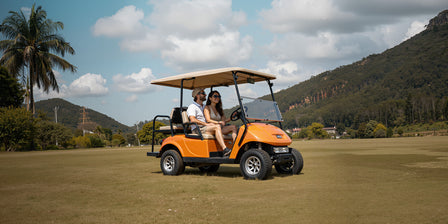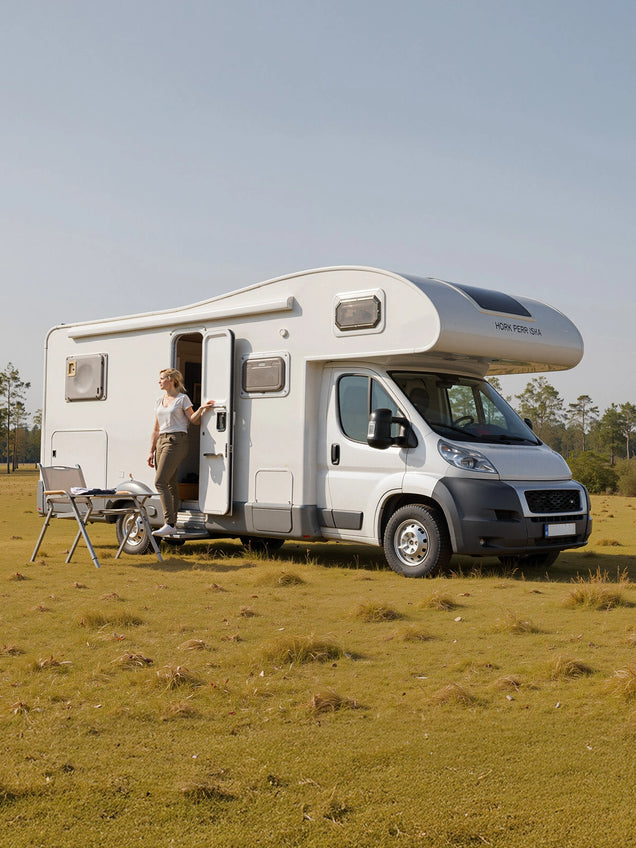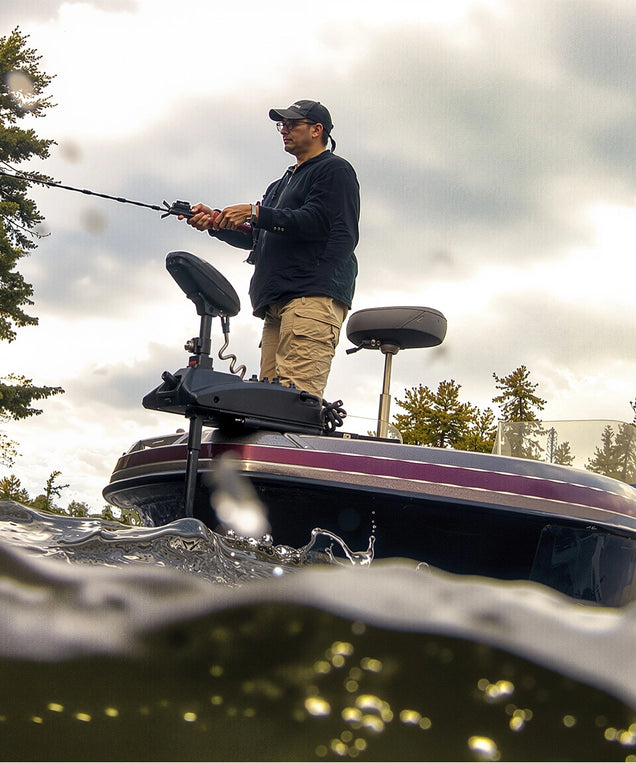What Battery Do I Need for My Fish Finder?
Owning a fish finder to identify underwater schools with reflected sound energy significantly improves the fishing experience! However, ensuring a reliable power source for it is essential. If you're in search of the best fish finder battery, you've come to the right place. Furthermore, if you're uncertain about the type of battery suitable for your fish finder, we've got you covered!
This article will explore various power options for fish finders and present our top recommendations.
What is a Fish Finder
A fish finder is a device usually 12V battery system used by fishermen to locate fish underwater. It works by sending out sound waves into the water and then detecting the reflected signals. This allows fishermen to see a graphical representation or display showing the location of fish, underwater structures, and the contour of the seabed. Fish finders are essential tools for both recreational and commercial fishermen, as they help in identifying the best fishing spots and improving catch rates. The technology has advanced over the years, and modern fish finders often come equipped with GPS, charts, and other features to enhance the fishing experience.
Factors to Consider when Choosing Fish Finder Battery
When selecting a battery for a fish finder, several factors should be taken into consideration to ensure optimal performance and reliability:
Power Requirements
Consider the power consumption of the fish finder and any additional devices it may power, such as transducers or GPS modules. Choose a battery with sufficient capacity to meet the energy demands of the fish finder for the desired duration of operation.
Voltage and Compatibility
Ensure that the battery's voltage matches the requirements of the fish finder. Additionally, consider compatibility with the device's connections and power input specifications to prevent any compatibility issues.
Battery Type
Evaluate the advantages and limitations of different battery types, such as lead-acid, lithium-ion, AGM, and gel cell batteries, while considering factors like weight, lifespan, maintenance, and recharge capabilities.
Capacity and Runtime
Assess the battery's Ampere-hour (Ah) capacity in relation to the expected runtime of the fish finder. Choose a battery that can provide sufficient power for the intended usage duration.
Portability and Weight
Depending on the fishing setup and mobility requirements, consider the battery's weight and portability, especially if you plan to carry it for extended periods or use it in a kayak or small boat.
Durability and Waterproofing
In marine environments, ensure the battery is built to withstand water exposure and resist corrosion. Select a battery with a rugged and waterproof housing to ensure reliability in wet conditions.
Rechargeability and Charging Options
Assess the battery's recharge cycle life and the availability of compatible charging solutions, such as solar chargers or onboard marine charging systems, to maintain the battery's performance over time.
Safety Considerations
Consider safety features and requirements associated with the chosen battery type, especially when using it in marine environments, and ensure proper handling and maintenance guidelines are followed.
By carefully considering these factors, anglers can choose a fish finder battery that best aligns with their specific needs, ensuring uninterrupted operation and optimal performance while out on the water.
Battery Types for Fish Finder
1. Lead-Acid Batteries
Lead-acid batteries are widely used for powering fish finders due to their affordability and reliability. They are available in different sizes and voltage ratings, suitable for various fish finder models. These batteries are relatively heavy and bulky, but they offer a robust and consistent power supply. They are also tolerant of overcharging and can withstand low temperatures. However, lead-acid batteries require regular maintenance, such as checking electrolyte levels and ensuring proper ventilation, and they have a shorter lifespan compared to some other battery types.
2. Lithium-Ion Batteries
Lithium-ion batteries are a popular choice for those seeking a lightweight and high-performance power source for fish finders. They are known for their high energy density, allowing for extended usage without adding significant weight to the equipment. These batteries also have a longer lifespan, are maintenance-free, and are less prone to self-discharge compared to lead-acid batteries. However, they are generally more expensive than other types of batteries, and there are safety considerations associated with their use, such as the risk of thermal runaway if mishandled or improperly charged.
3. AGM (Absorbent Glass Mat) Batteries
AGM batteries are designed with a glass mat separator to absorb the electrolyte, providing a maintenance-free and spill-proof power solution. These batteries are known for their durability and ability to withstand deep discharges, making them suitable for marine environments where fish finders are commonly used. They also have a low internal resistance, allowing for efficient energy transfer. Despite their advantages, AGM batteries may be more costly than lead-acid batteries, and they can be sensitive to overcharging, which may require the use of a specific charging system.
4. Gel Cell Batteries
Similar to AGM batteries, gel cell batteries are maintenance-free, spill-proof, and highly durable. They are known for their deep cycling capabilities, making them an excellent choice for providing reliable and long-lasting power to fish finders. Gel cell batteries offer a slow discharge rate and are resistant to vibration and shock, which is advantageous for marine applications. However, they are sensitive to overcharging and may require a specific charging profile to prevent damage, and they generally have a higher initial cost compared to lead-acid batteries.
When selecting a battery type for a fish finder, it's important to consider factors such as battery life, waterproofing, weight, compatibility, cost, and the specific operational requirements of the fish finder. Conducting thorough research and understanding the advantages and limitations of each battery type will help in making an informed decision based on individual needs and preferences.
Why Are Lithium Batteries the Best Choice for Fish Finders?
Lithium batteries are often considered the best choice for fish finders due to several key advantages:
Lightweight and Compact
Lithium batteries are significantly lighter and more compact than traditional lead-acid batteries. This makes them ideal for applications where portability and weight are important factors, such as on small fishing boats or for anglers who need to carry their equipment over long distances.

High Energy Density
Lithium-ion batteries offer a high energy density, meaning they can store a large amount of energy in a relatively small and lightweight package. This allows fish finder users to enjoy longer operating times between charges, crucial for extended fishing trips or when access to charging facilities is limited.
Long Lifespan
Lithium batteries typically have a longer lifespan compared to lead-acid batteries, offering consistent performance over an extended period. This can result in cost savings over the long term, as lithium batteries may require fewer replacements and maintenance compared to other battery types.
Fast Charging Capability
Lithium batteries can be charged at a faster rate compared to other battery types, allowing for quicker turnaround times between fishing outings. This is particularly advantageous for anglers who have limited time and need to recharge their batteries efficiently.
Maintenance-Free Operation
Lithium batteries require minimal maintenance and are generally more user-friendly compared to lead-acid batteries, which may require periodic electrolyte checks and other maintenance tasks. This makes lithium batteries a convenient and hassle-free power source for fish finders.
Safety
Lithium batteries require careful handling and charging procedures to mitigate the risk of thermal runaway, fire hazards, and other safety issues. Proper charging equipment, storage, and usage guidelines are essential to ensure the safe and reliable operation of lithium batteries. Users should be aware of the potential risks and follow recommended safety practices to minimize the likelihood of accidents or damage caused by lithium battery issues.
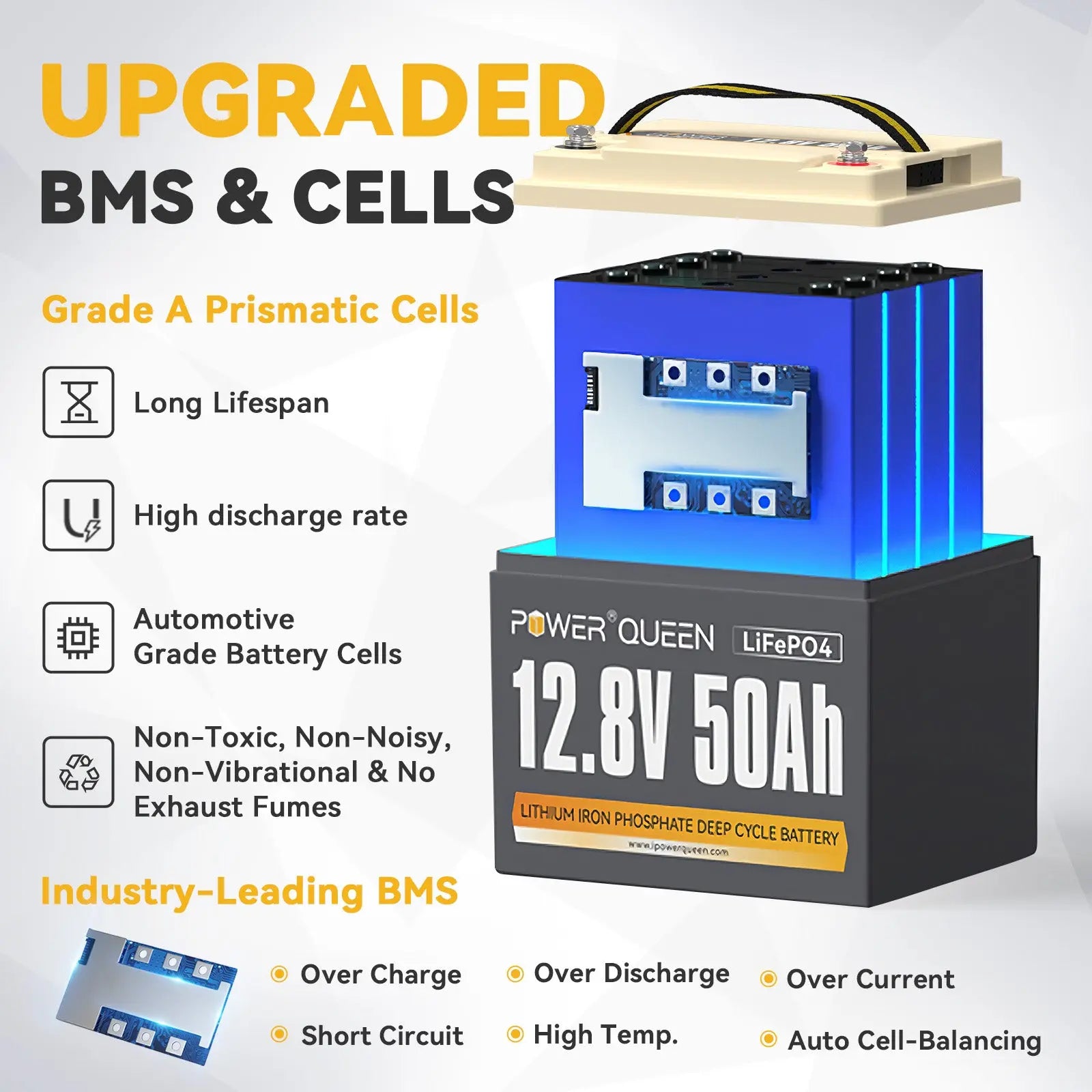
Best Fish Finder Battery for Your Boat or Kayak
When looking for the ideal fish finder battery for your boat or kayak, several essential qualities should be considered. The battery should be lightweight, water-resistant, durable, and easily portable.
Additionally, evaluating the amp-hour rating of the battery and comparing it to the power draw of your fish finder is crucial in ensuring sufficient power supply for consistent operation.
We suggest considering the Power Queen 12V 50Ah or 100Ah as an excellent choice for your fish finder battery. These batteries offer a balance of performance, capacity, and reliability suited for marine applications.
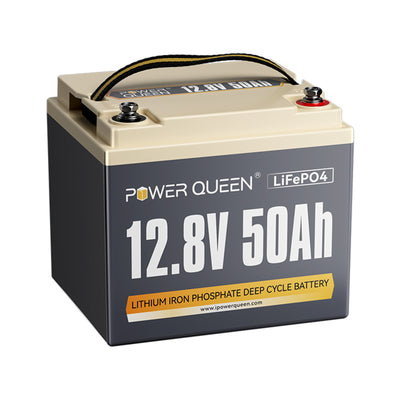

How Long Will a 12 Volt Battery Run a Fish Finder?
Considering that the majority of fish finders consume approximately 2 amps, it's feasible to operate them for around 50 hours on a standard 100Ah battery. In contrast, typical trolling motors utilize approximately 1 amp per pound of thrust at maximum power. For instance, if a 50-pound thrust motor is operated at high power for two hours, the battery will likely be depleted. To preserve the battery's longevity, it's imperative to avoid discharging it beyond 80 to 50% capacity and promptly recharge it after usage.
Does a Fish Finder Need its Own Battery?
A fish finder does not necessarily need its own dedicated battery. In many cases, fish finders can be powered using the same marine battery that is used to power other electronics on a boat, such as navigation equipment, radios, or lighting.
However, using a dedicated battery for your fish finder can offer some advantages. For instance, having a separate battery can ensure that the power supply to the fish finder remains stable and uninterrupted, especially in situations where other electronics may draw considerable power from the main battery.
Additionally, using a dedicated battery for the fish finder can simplify the wiring and power management, allowing for easier installation and maintenance.
Can You Run a Fish Finder on a Deep Cycle Battery?
Yes, a fish finder can be powered by a deep cycle battery. Deep cycle batteries are specifically designed to provide a steady and consistent power supply over extended periods, making them suitable for powering electronic equipment such as fish finders, trolling motors, and other marine electronics.
